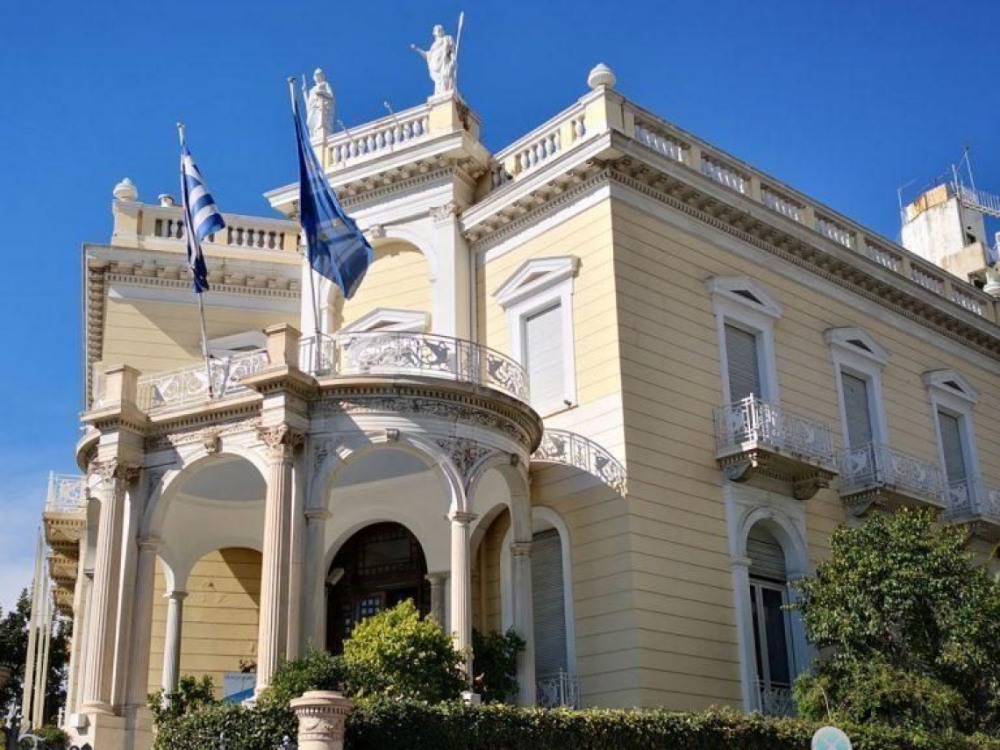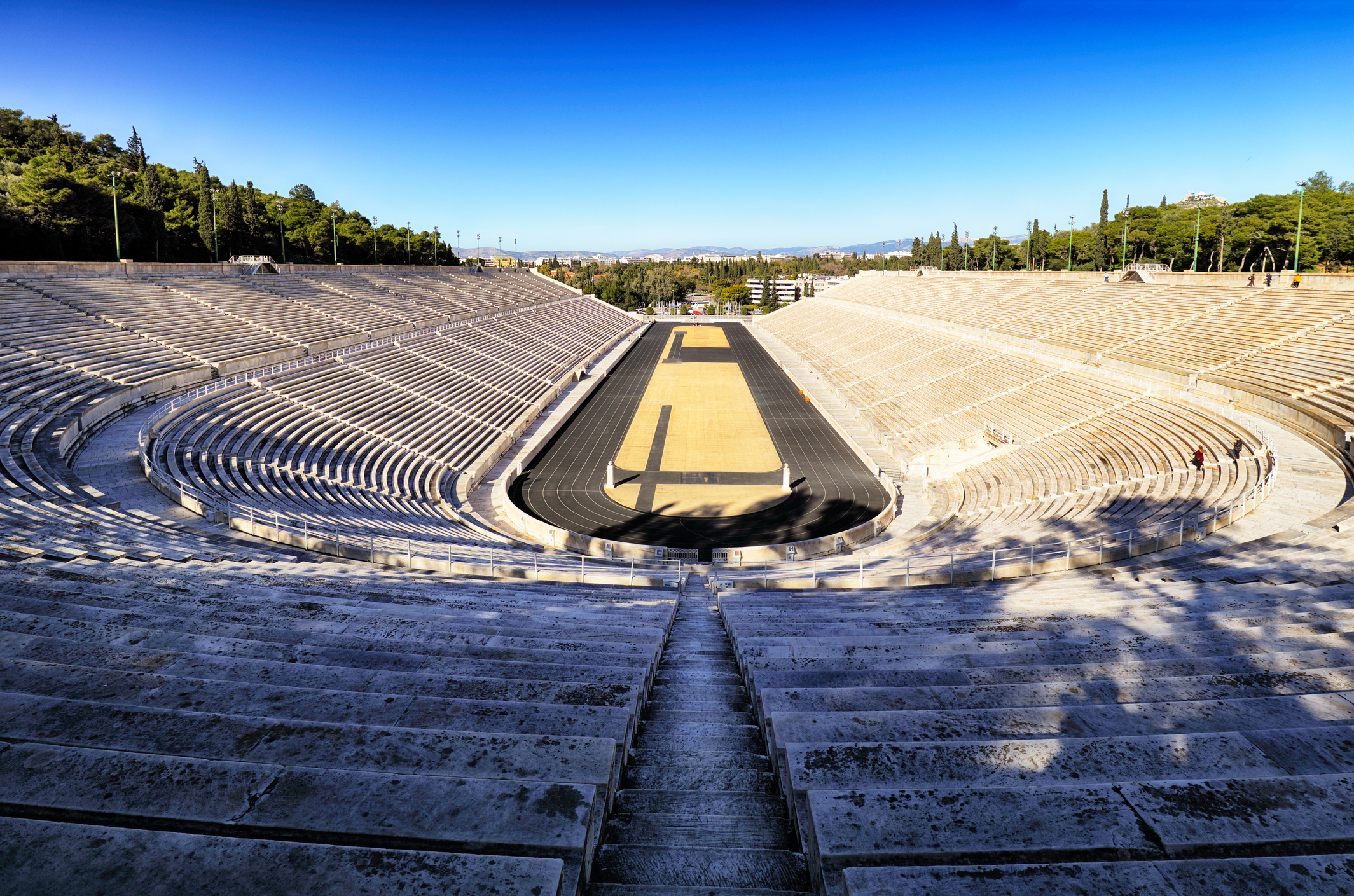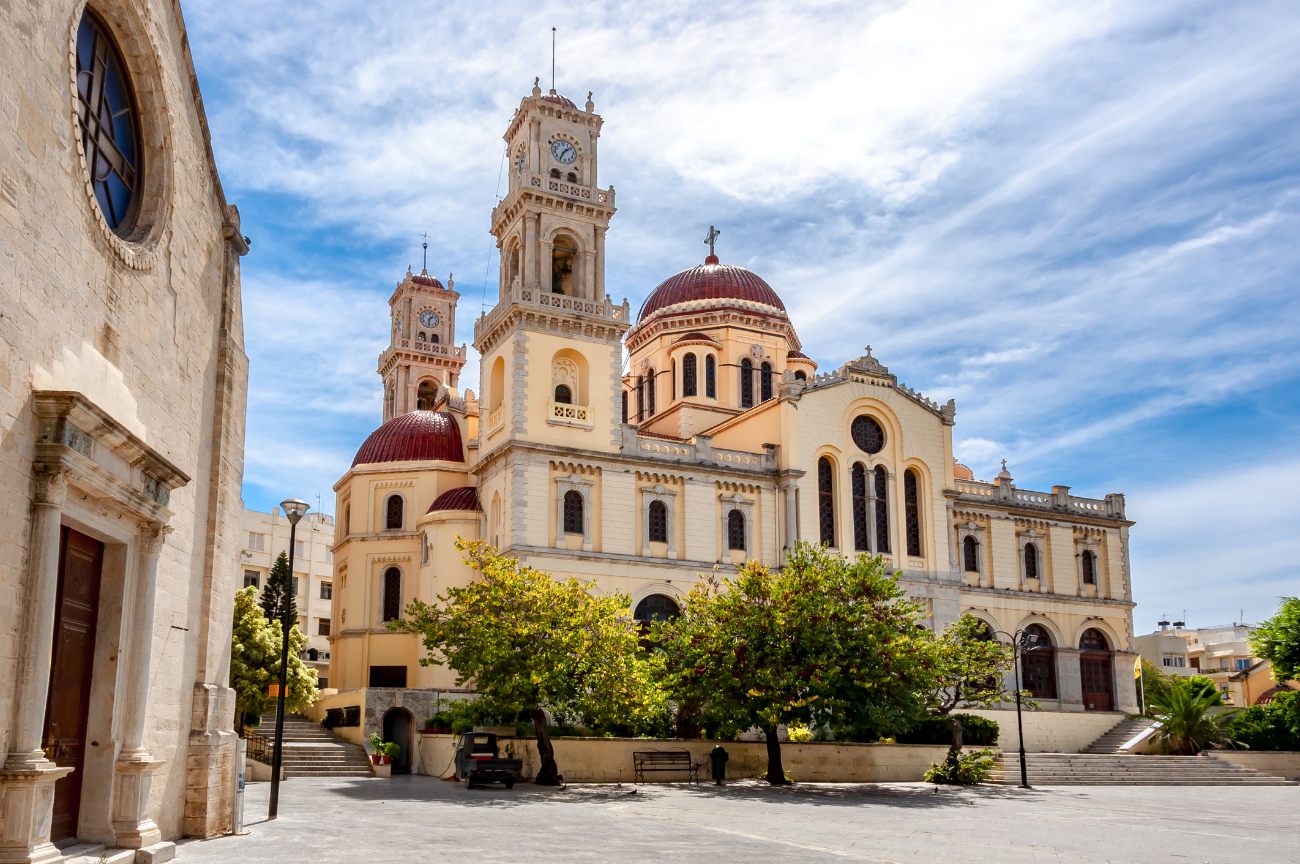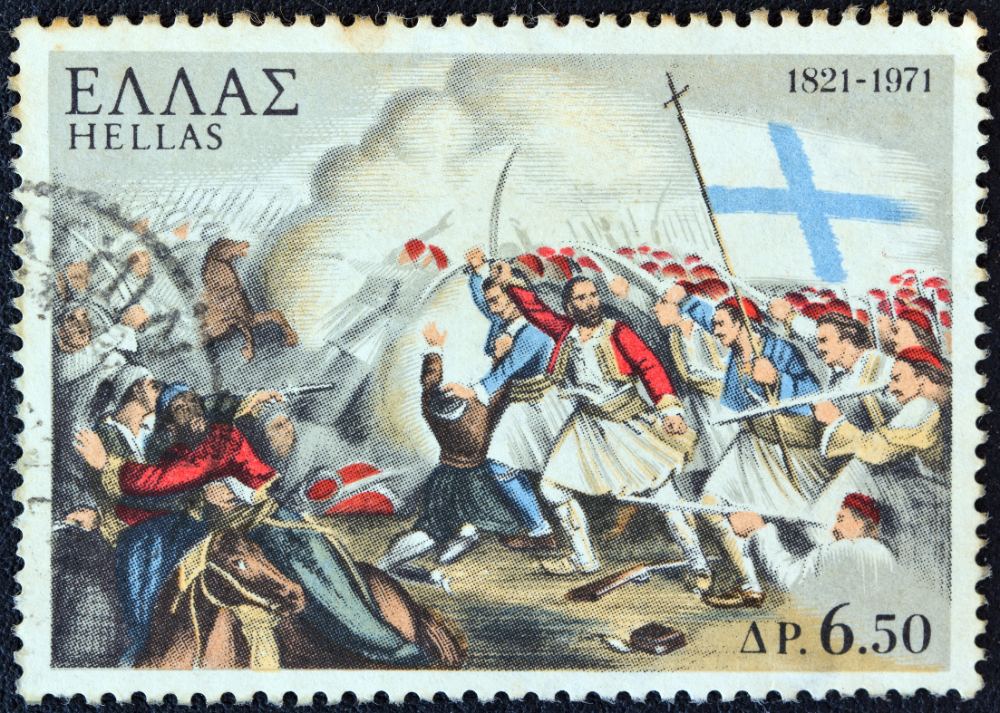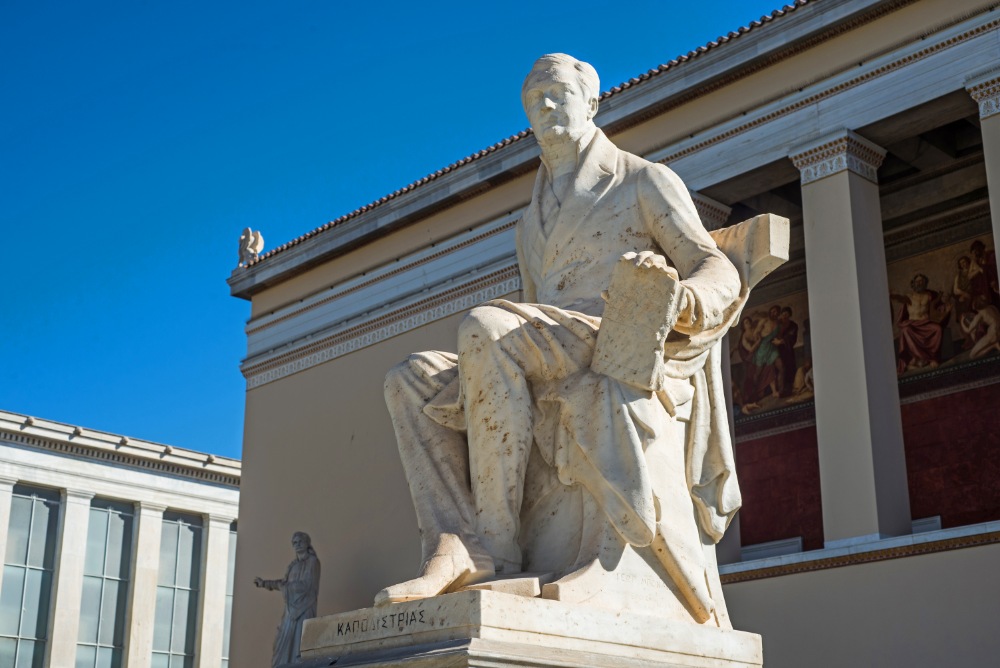From Ottoman Rule to Architectural Glory
The first mansions in Athens emerged in the early 19th century, following Greece’s independence from Ottoman rule in 1821. As Athens became the capital of the newly formed Greek state, affluent citizens began constructing grand residences that reflected their wealth and aspirations for a modern Greek identity.
One of the notable early mansions was the House of King Otto, built in a neoclassical style. The influence of neoclassicism was prevalent during this era, emphasizing beauty and rationality drawn from ancient Greek architecture. Wealthy families, including prominent merchants and politicians, commissioned architects to design mansions that showcased their status, often featuring high ceilings, spacious verandas, and ornate detailing.
The neighborhood of Plaka, nestled under the Acropolis, became home to some of these early mansions. Examples such as the Venizelos Mansion and the Kotsakis Mansion served both as private residences and venues for social gatherings, retaining their neoclassical facades and intricately decorated interiors.
As the late 19th century progressed into the early 20th century, architectural styles evolved to incorporate elements of Art Nouveau and other contemporary designs. The wealth generated from trade and the burgeoning Greek economy allowed for the continued construction of impressive homes.
These early mansions symbolize Athens’ transition from a modest city under Ottoman control to a vibrant capital, showcasing architecture that reflects the aspirations of a nation reclaiming its identity. Today, many of these historic homes are cherished as part of Athens’ rich cultural heritage.

